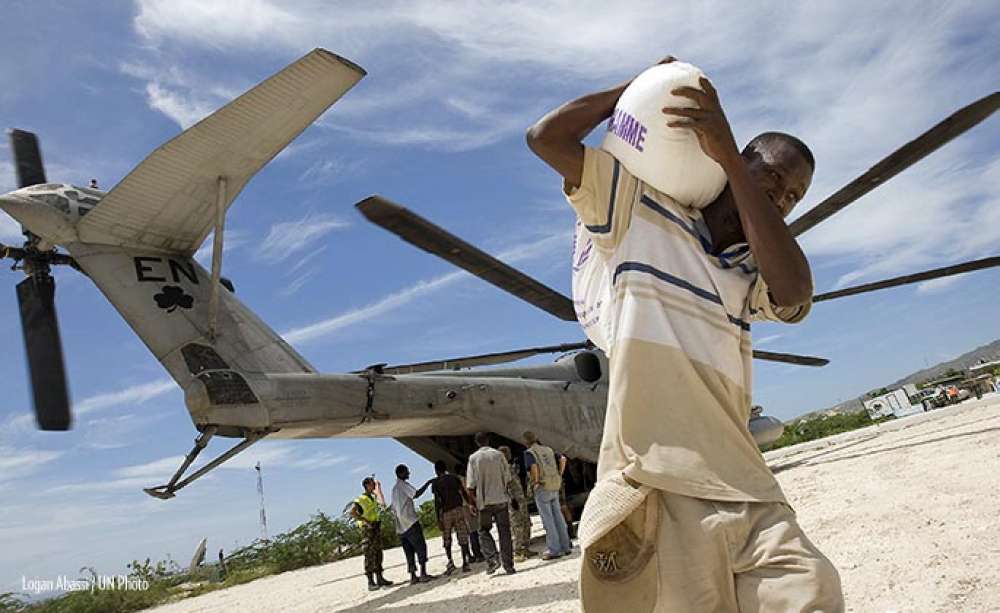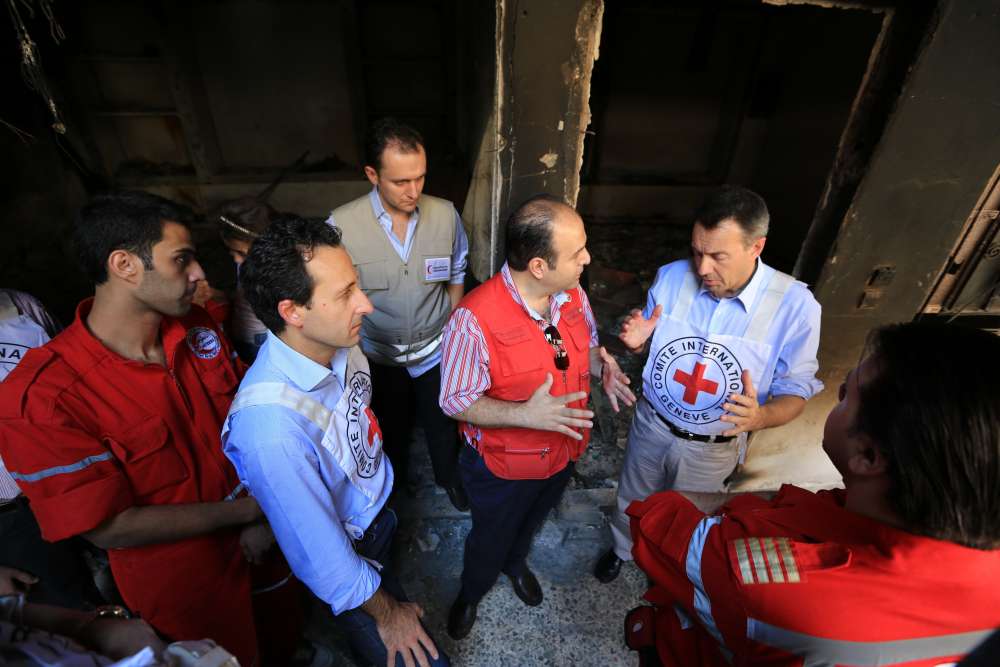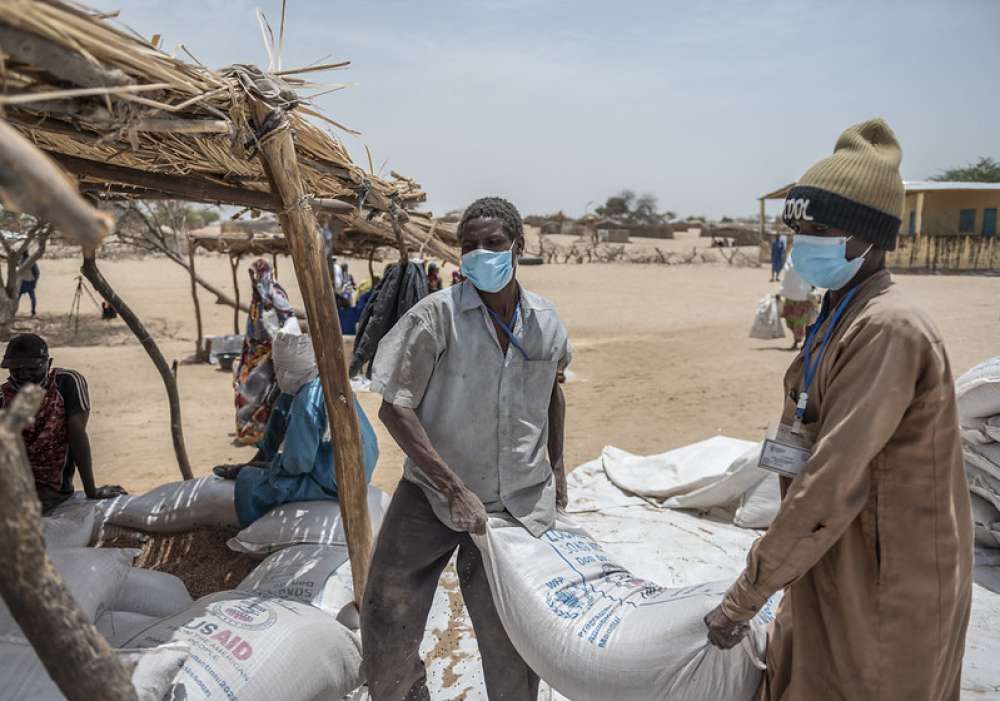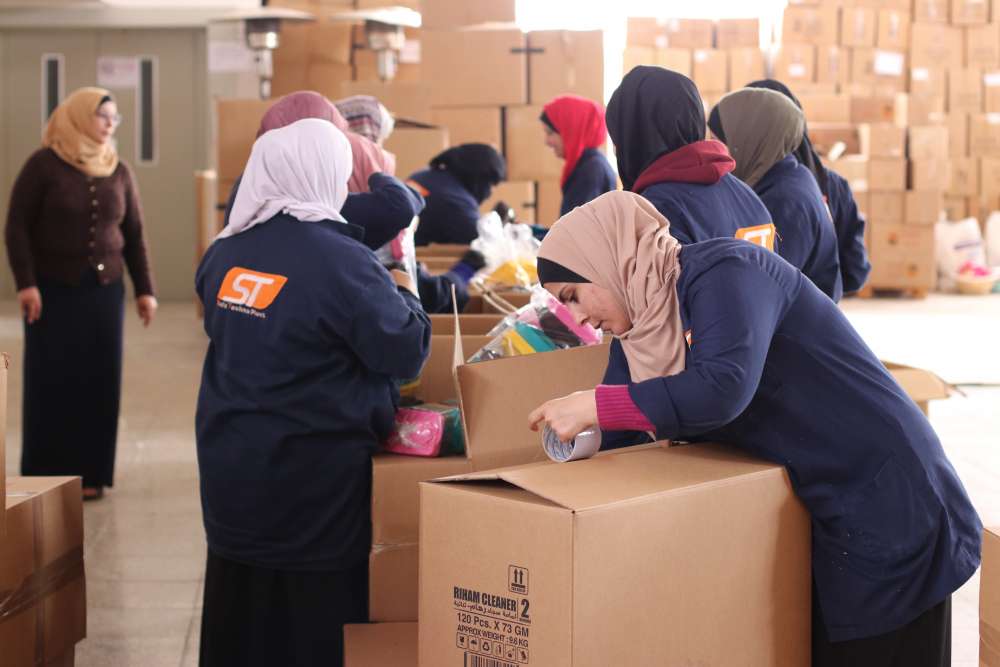WFP’s Preparedness and Response Enhancement Programme: A Strategic Evaluation (2011-14)

Executive Summary
This evaluation assessed the contribution of the Preparedness and Response Enhancement Programme (PREP) to improving the World Food Programme’s capability to respond effectively and efficiently to large-scale emergencies. The evaluation is part of a series of strategic evaluations on WFP’s emergency preparedness and response.
Touching on almost all the geographic and operational areas of WFP’s work, the program was implemented over three and a half years of highly complex internal and global conditions: WFP was restructuring and decentralizing its operations and functions to support the shift from food aid to food assistance; the Inter-Agency Standing Committee’s Transformative Agenda was launched to improve the global humanitarian system; and an unprecedented number of complex and long-duration Level 3 emergency responses were activated.
The evaluation found that PREP was timely and highly relevant, and contributed to important achievements across its priority outcome areas:
- Personnel: moderate improvements in the timely deployment of qualified surge capacity to Level 3 emergencies through a corporate emergency response roster and inter-divisional emergency training.
- Finance and financial risk management: improvements in the volume of and timely access to advance financing, which are essential for WFP’s rapid response and early scale-up.
- Accountability: improvements in the timeliness, consistency and user-friendliness of information; formal assignment of roles and responsibilities in Level 3 emergencies; and systematic use of strategic and operational task forces and lesson-learning from Level 3 emergencies.
- Stocks: support to the pre-positioning of ready-to-eat foods, and modest investments in WFP’s logistics capacity.
- External partners: a stronger framework for WFP’s work with national authorities and better civil – military coordination.
However, following PREP’s conclusion in December 2014, WFP continues to face critical gaps in its emergency preparedness and response capacity, regarding not only personnel, cooperating partners and cash and voucher programming, but also other important areas:
- Several program activities were not completed, including leadership training and deployment, staff health and well-being measures, and review of corporate response stocks.
- Other activities such as the emergency response roster as well as and the emergency preparedness and response package need refinement and/or lack ownership and uptake in WFP.
- Important areas such as relationships with cooperating partners, cash and voucher programming, protection, and accountability to affected populations were either not covered by the program or not yet sufficiently addressed by other initiatives.
The program could have achieved more through better prioritization; enhanced communication with the field to strengthen ownership and application of frameworks, tools and guidance; and a more comprehensive approach that addresses phases beyond immediate response and emergency scenarios beyond sudden-onset natural disasters.
Continued strengthening of emergency preparedness and response is needed to secure and build on the program investments and achievements, and to maintain WFP’s global leadership position in emergency preparedness and response. The evaluation makes four main recommendations: (1) reinforce emergency preparedness and response as a corporate priority; (2) focus on staff capacity, relationships with cooperating partners, and cash and vouchers programming as priorities; (3) clarify and enable the Emergency Preparedness and Support Response Division’s role in strengthening corporate emergency preparedness and response; and (4) refine and complete several major ongoing PREP activities.
…
The full evaluation report, summary report and management response are available for download in English, French, Spanish and Arabic:
- Full Report — vol. I
- Annexes — vol. II
- Evaluation Brief
- Summary Report EN, FR, ES, AR
- Management Response EN, FR, ES, AR
- Terms of Reference Summary
- Terms of Reference
For more information, please visit the World Food Programme online.







